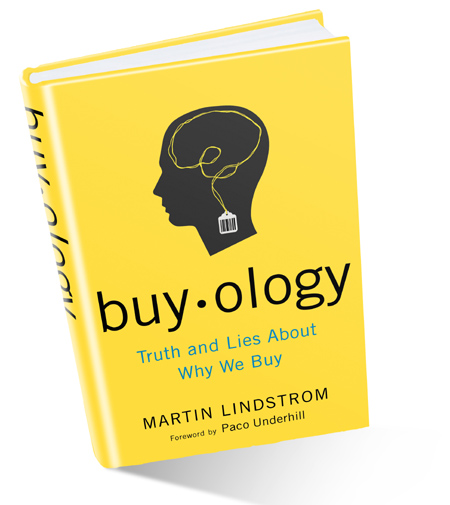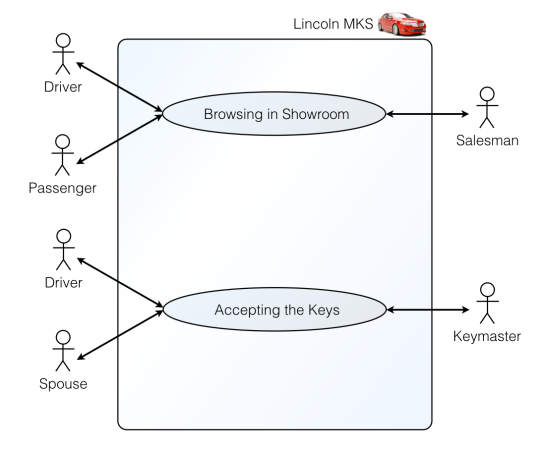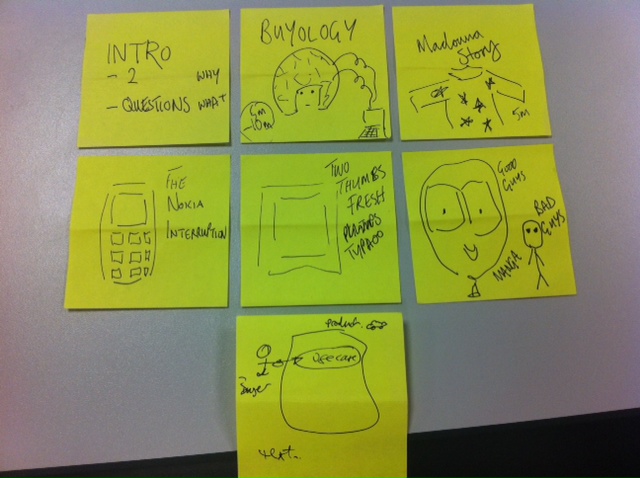The Nine Principles of Organisational Psychotherapy
The core premise of Organisational (Psycho)Therapy is that flourishing organisations are great places to work, and because of this, highly effective at pursing their chosen purpose.
Definitions
“Psychology is more of the ‘let’s figure out what is going on’ (scientist) and psychiatry is more ‘let’s treat whatever is going on’ (physician)”.
Organisational psychotherapy aims to increase an organisation’s well-being and, as a consequence, its effectiveness. Organisational psychotherapists employ a range of techniques based on:
- experiential relationship building
- dialogue
- communication
- behaviour change
Organisational psychotherapy posits that application of such techniques may improve the “mental health” of an organisation, including the improvement of relationships – both individual and collective – within the organisation (and often, between the organisation and external parties, such as its customers and suppliers, too).
Distinctions
Although there is no clear division, organisational psychotherapy differs from e.g. organisational psychology in that the former is generally focussed on “treatment”, whereas the latter is primarily focussed on study, research, and the addressing of presumed workplace needs such as e.g. creation of systems, policies, etc.
From my perspective, as a self-annointed “organisational therapist”, organisational psychology most commonly aligns to the Analytic mindset, whilst organisational (psycho)therapy has much more in common with the Synergistic mindset. YMMV.
Put another way, therapy involves inviting the organisation “onto the psychiatrist’s couch” and working through issues using e.g. conversation and a kind of coaching style.
And frankly, I hold organisational psychology, as a discipline, to be responsible for some of the most egregious dysfunctions – including: job design (narrow specialisms), “training”, appraisal systems, task design, incentive schemes, and pretty much the whole HR nine yards – in today’s knowledge-work organisations. (See also: What are Non-Obvious Systemic Constraints?).
DIsclaimer
The principles listed below are my principles – as practising organisational therapist. N.B. Other folks may work to different principles.
Sick, Sick, Sick
Many organisations are sick. If they were people, many of these sick organisations would likely be sectioned under the Mental Health Act.
A common reason given for sectioning (involuntary commitment) is to prevent danger to the individual or society. Organisations with suicidal tendencies may act on these tendencies and harm or kill themselves. Organisations with psychoses are sometimes driven by their delusions or hallucinations to harm themselves or others. Organisations with certain types of collective disorders can present a danger to themselves, their employees, customers, suppliers and society at large.
But organisations are not people. And the psychology of organisations are much less well understood – and less easy to get at – than the psychology of individuals. Much as we might like to “section” organisations, this option is not (yet) available to us (society). Even “voluntary commitment” or therapy is something that very few organisations even perceive as being an option open to them.
And I think we have some way to go yet before organisations come to consider therapy as “acceptable”. In California, for example, most folks regard therapy as a perfectly normal response to the travails of life. There’s little or no social stigma associated with having a therapist (or, for that matter, a life coach). Such cannot be said of therapy for organisations. Organisations rarely recognise they have a collective “mental state”, let alone perceive the nature, characteristics of that mental state at any given point in time.
I posit that even organisations that are relatively healthy, mentally, can benefit from therapy (much like individuals do).
The Nine Principles
The following are the nine principles that I work to when acting in the role of therapist for any given (client) organisation:
1. Risk Awareness
Cognisance of all the things that could go wrong during the therapeutic intervention. Knowing these risks, the therapist may choose to take steps to manage them on behalf of the client – at least until such time as the client chooses to manage them for themselves.
2. Do No Harm
Ensure that individuals, in particular (but also groups, and the organisation as a whole) do not suffer any (avoidable) negative consequences from the therapeutic interventions. More than this, work to instil hope in the folks within the scope of the therapy (this in itself is a moral and practical hazard, as some organisations are so sick as to cynically attempt to exploit such new hope).
3. Organisations Have a Collective Psyche that Responds to Therapies
Organisational therapy proceeds on the basis that the collective psyche of an organisation is similar in nature to the psyche of the individual, and is similarly amenable to therapeutic interventions (although the actual techniques and underlying concepts may differ).
4. Mutual Benefits
Therapy sets out to improve the mutual well-being of both the organisation, the groups within the organisation, and the individual within the organisation. In other words, everyone involved is looking for win-win outcomes. Additionally, at the choice of the client, the scope may include other organisations, groups and individuals (and maybe wider society, too) in this seeking of mutually-beneficial outcomes.
5. Trust
Like any other therapy, the process of organisational therapy is one of building a network of mutual-trust relationships. It starts with trust in the therapist, followed by trust in themselves, expanding to trust in other members of the team, and maturing into trust in the organisation itself.
Patrick Lencioni, in his book “Five Dysfunctions of a Team” explains the nature – and strengths – of “vulnerability-based trust”:
Folks who are not genuinely open with one another – and themselves – about their mistakes and weaknesses make it impossible to build a foundation for trust, which in itself is a fundamental requirement for the pursuit of mutual benefit and well-being.
6. Wellbeing First
As in therapy, Organisation Therapy has no agenda excepting the general wish to see the client organisation flourish and increase its level of wellbeing. Indeed, the therapist will seek to solicit an agenda from the client, probably over time as their relationship unfolds, rather than have an agenda of their own. See also: Positive Psychology, as described by e.g. Professor Martin Seligman.
7. Work in the White Space
Working on the relationships between people, groups and organisations has much more impact that trying to “fix” individuals. Indeed, some key developments (growth, improvement) can only happen in the context of relationships.
8. Cognitive Harmony
Many organisations, particularly in times of stress or change, suffer acutely from “organisational cognitive dissonance” – feelings of anxiety and discomfort resulting from simultaneously holding contradictory or otherwise incompatible attitudes, beliefs, or sets of assumptions. Therapy aims to surface such incompatibilities and resolve them, through e.g. changing some of these cognitions, and thereby leading to improved “cognitive harmony”.
9. Evidence-Based
“In like manner, if I let myself believe anything on insufficient evidence, there may be no great harm done by the mere belief; it may be true after all, or I may never have occasion to exhibit it in outward acts. But I cannot help doing this great wrong towards Man, that I make myself credulous. The danger to society is not merely that it should believe wrong things, though that is great enough; but that it should become credulous, and lose the habit of testing things and inquiring into them; for then it must sink back into savagery.”
~ William Kingdon Clifford
Summary
In summary, then, organisational therapy offers a powerful prospect of improving the well-being of an organisation, as well as the well-being of the people, groups and other organisations who come into contact with it.
– Bob
Further Reading
The Twelve Principles of Group Counselling ~ Irvin Yalom
Seven Therapeutic Principles in Group Counseling ~ “Counselor” article
Flourish – A New Understanding of Happiness and Well-Being – Prof Martin Seligman















